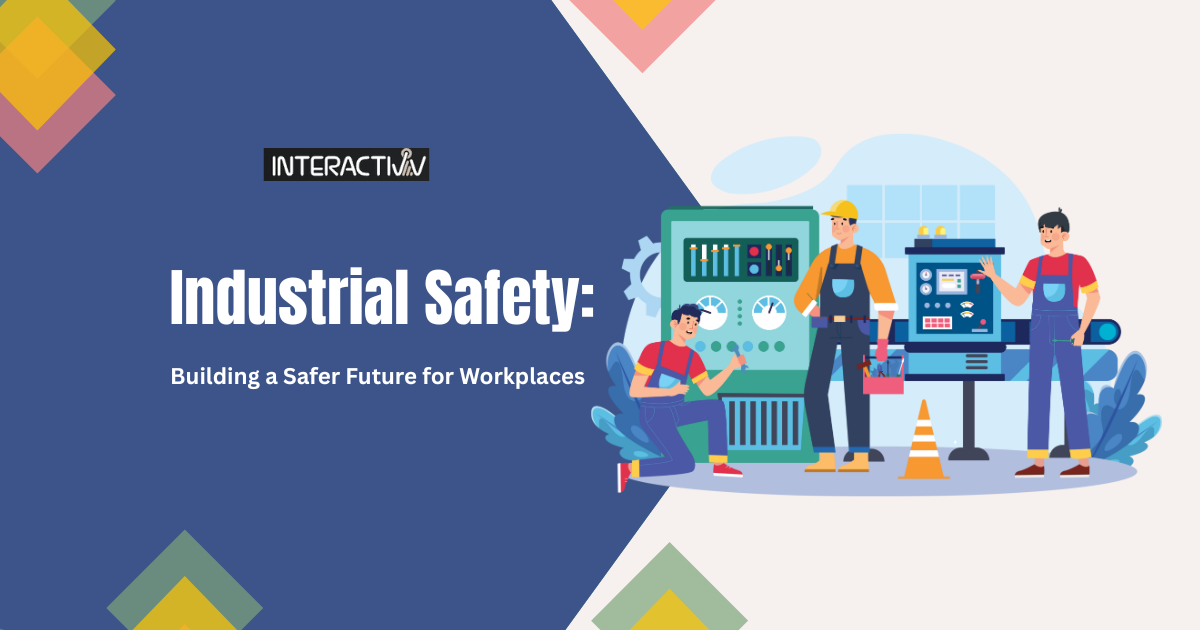Sep 15th, 2025

Industrial safety is no longer just a regulatory requirement—it’s a core value that defines how organizations protect their employees, their operations, and their reputation. In an age where industries are becoming more complex, with advanced machinery, automated systems, and high-risk environments, safety isn’t just a compliance checklist; it’s a culture that must be built into every process.
This blog explores the importance of industrial safety, the best practices companies should adopt, and the role of technology in ensuring a safe, productive, and future-ready workplace.
Every year, thousands of workplace accidents occur across industries such as manufacturing, construction, oil & gas, logistics, and mining. While some incidents result in minor injuries, others lead to fatalities, financial losses, and reputational damage.
Industrial safety matters for several reasons:
Industrial workplaces are filled with potential risks. Understanding hazards is the first step in preventing accidents. Some of the most common include:
A successful safety program goes beyond written policies—it’s about creating a safety-first culture. This requires commitment from management and active participation from employees.
Technology is transforming how safety is managed. Organizations are increasingly relying on innovative tools to minimize risks and keep workers safe.
For instance, safety video animation is becoming a popular way to train employees, allowing them to visualize real-world scenarios without exposure to actual risks.

Every industry needs a structured safety management system (SMS). This framework identifies, evaluates, and controls hazards while promoting accountability.
Key elements include:
Effective safety management ensures an integrated approach, where safety becomes part of the organization’s DNA.
Companies that succeed in building safe workplaces usually follow a set of best practices:
Safety training doesn’t have to be boring or routine. Today, businesses are using 3D product animation services to demonstrate equipment handling, maintenance, and accident prevention in a more engaging way. Employees understand better when safety protocols are presented through interactive visuals rather than long manuals.
Such methods not only make training effective but also ensure retention of critical safety knowledge.
The future of industrial safety lies in merging human commitment with technological innovation. As industries evolve with automation and digital transformation, the role of predictive analytics, AI-driven monitoring, and immersive training will only grow.
Companies that invest in safety not only prevent accidents but also build a resilient workforce, ready to face challenges with confidence.
Industrial safety is no longer just a regulatory requirement—it’s a core value that defines how organizations protect their employees, their operations, and their reputation. In an age where industries are becoming more complex, with advanced machinery, automated systems, and high-risk environments, safety isn’t just a compliance checklist; it’s a culture that must be built into […]
Fill out the form below and we will send you a quote today…
Copyright © 2025 Interactivv.com. All rights reserved.